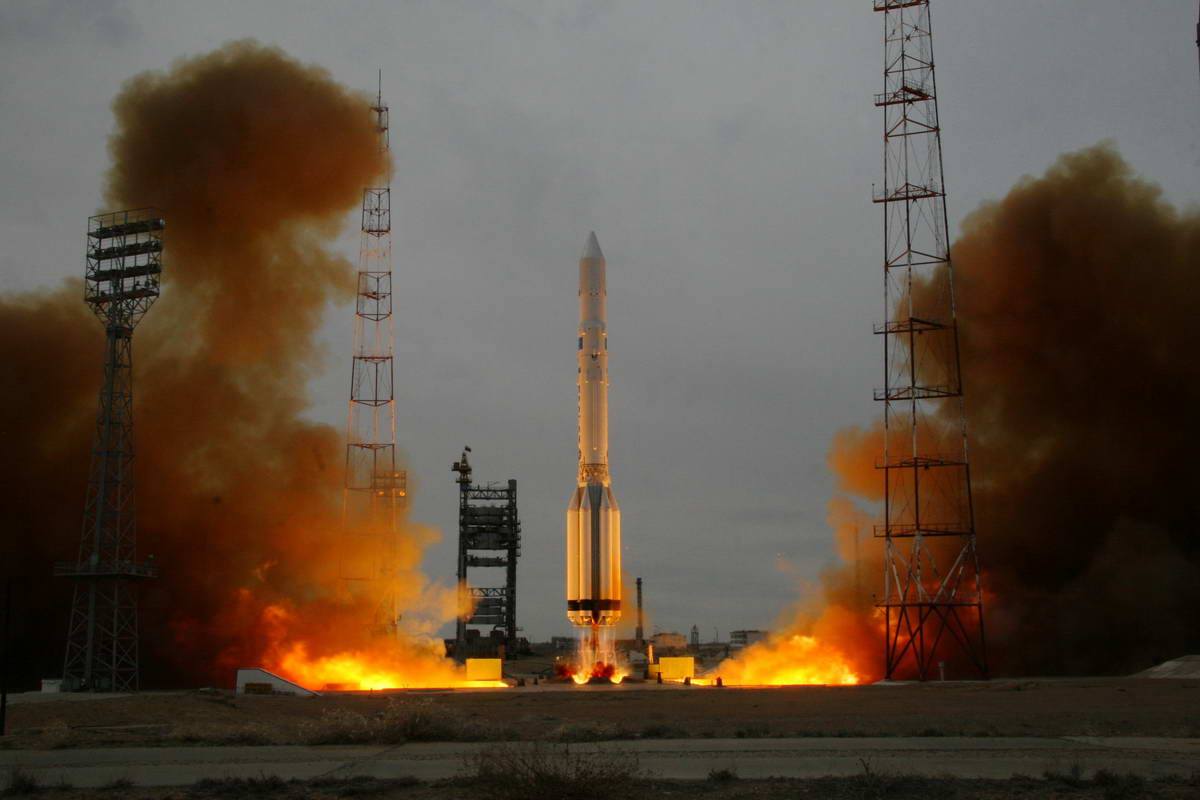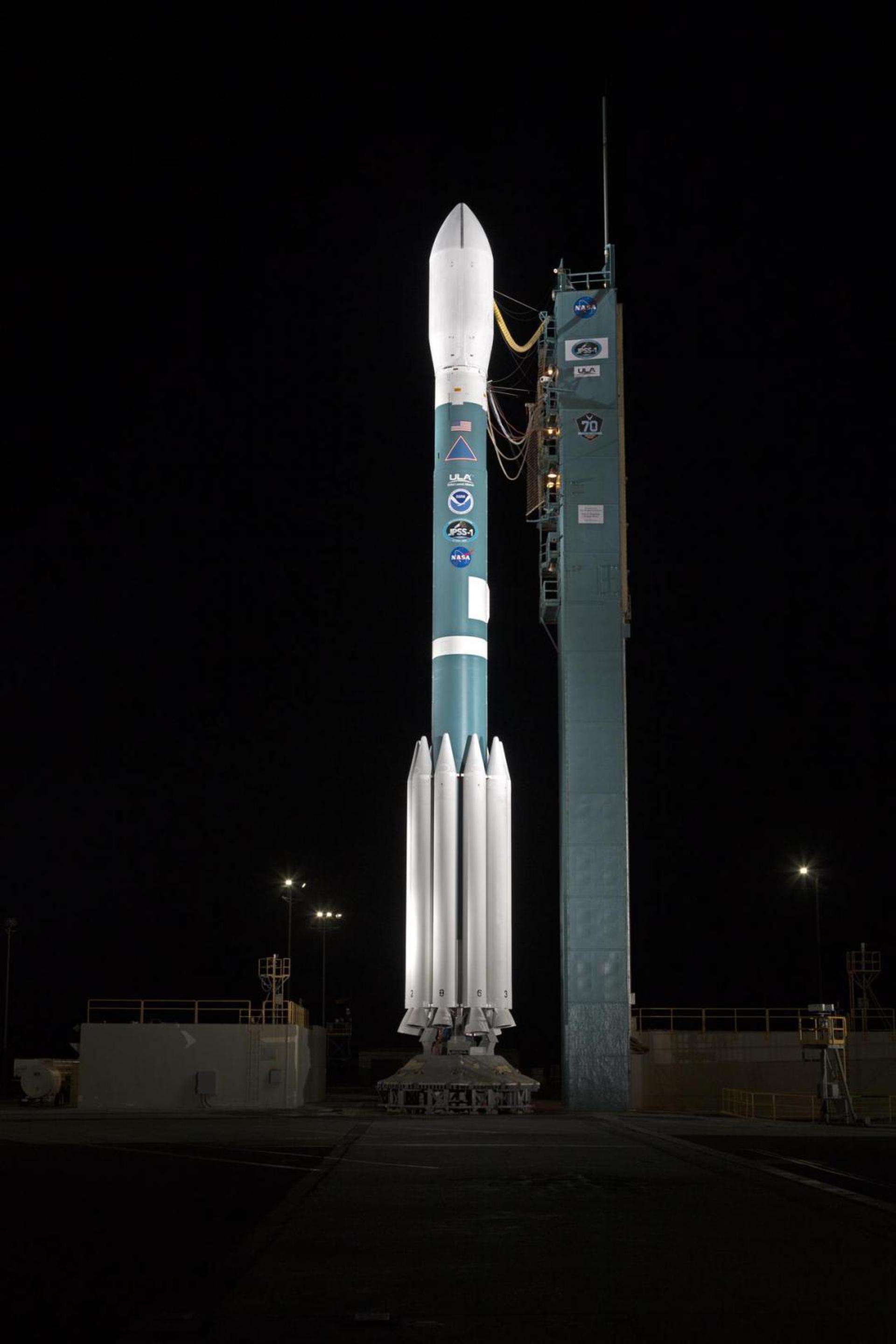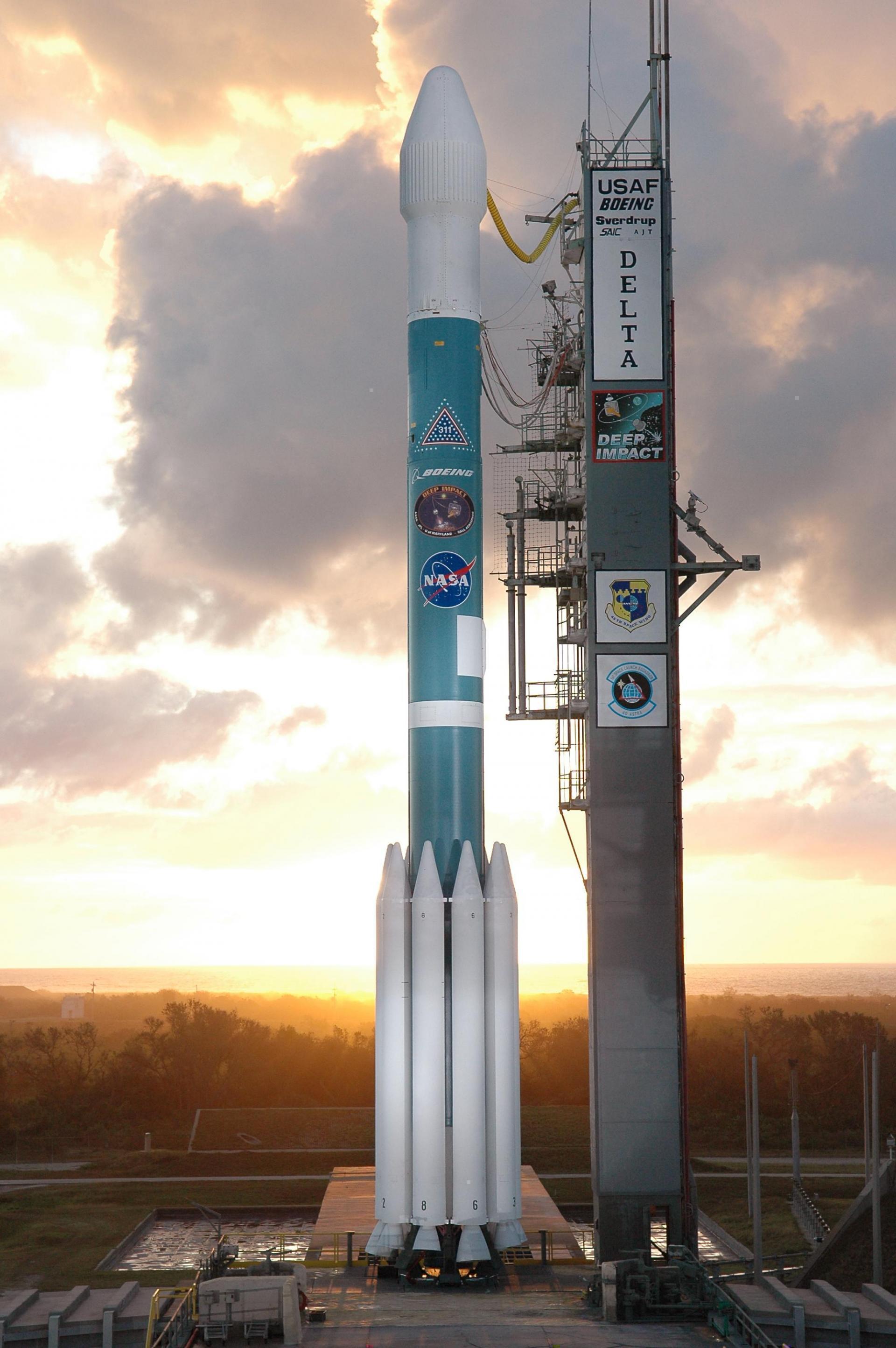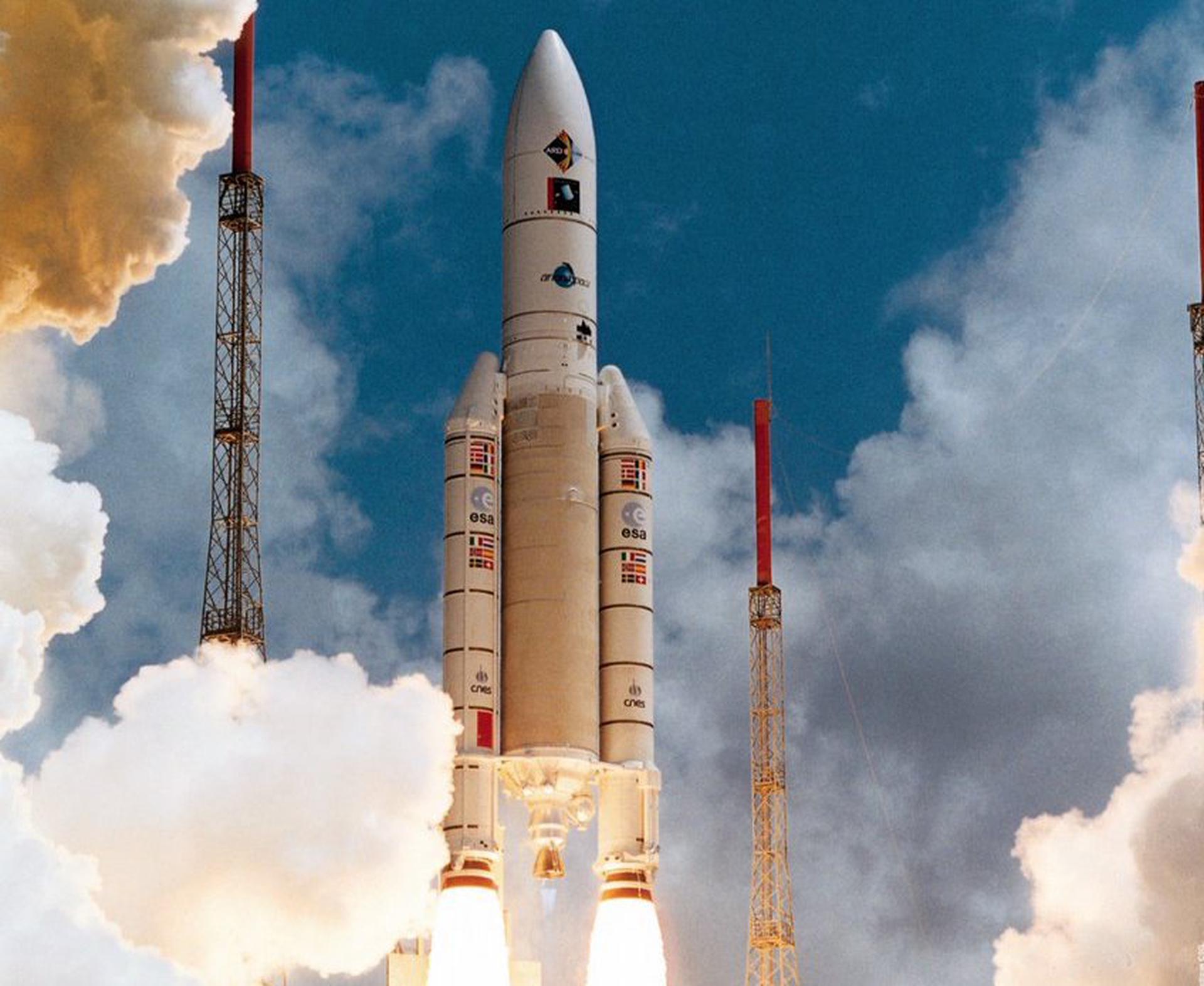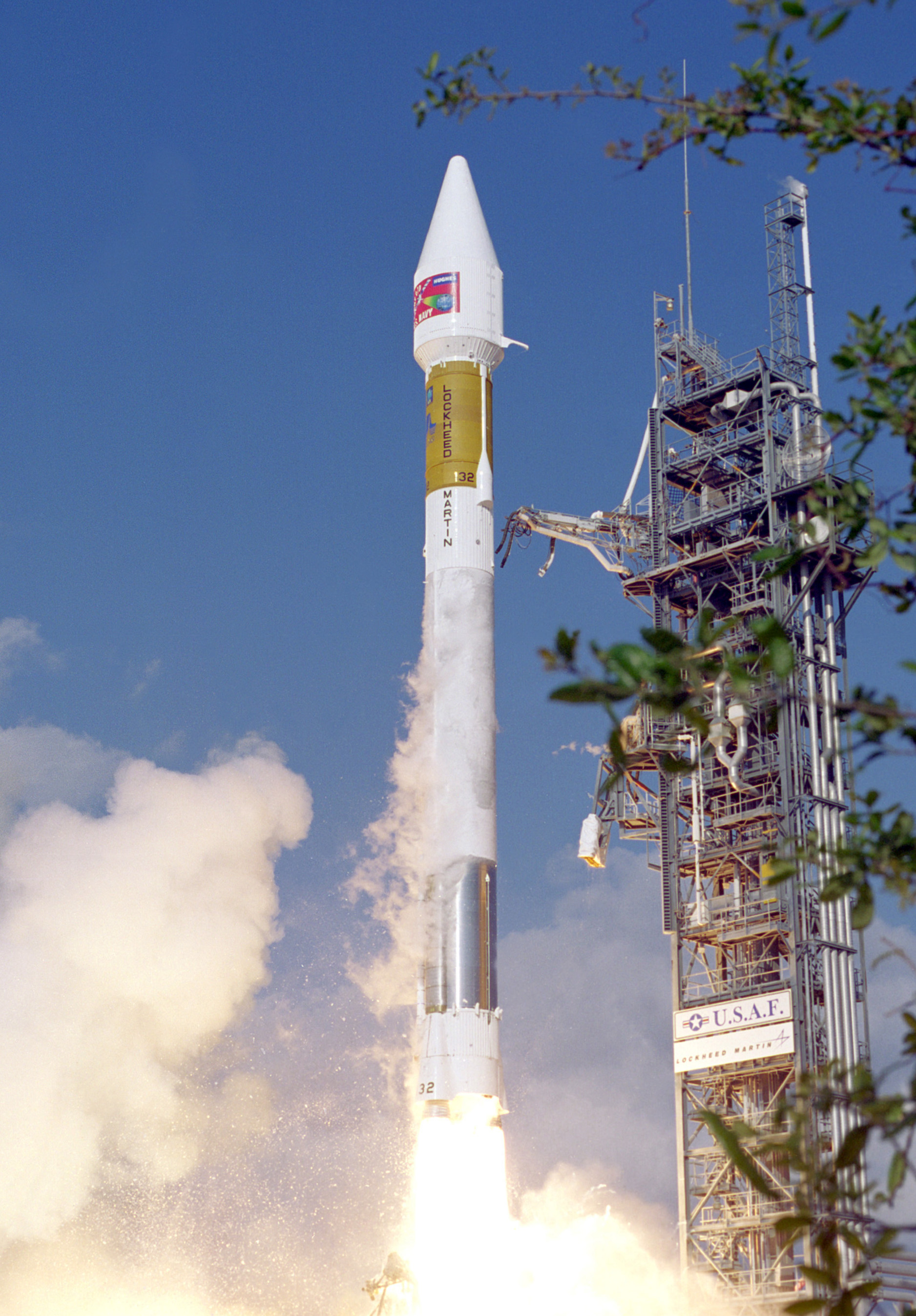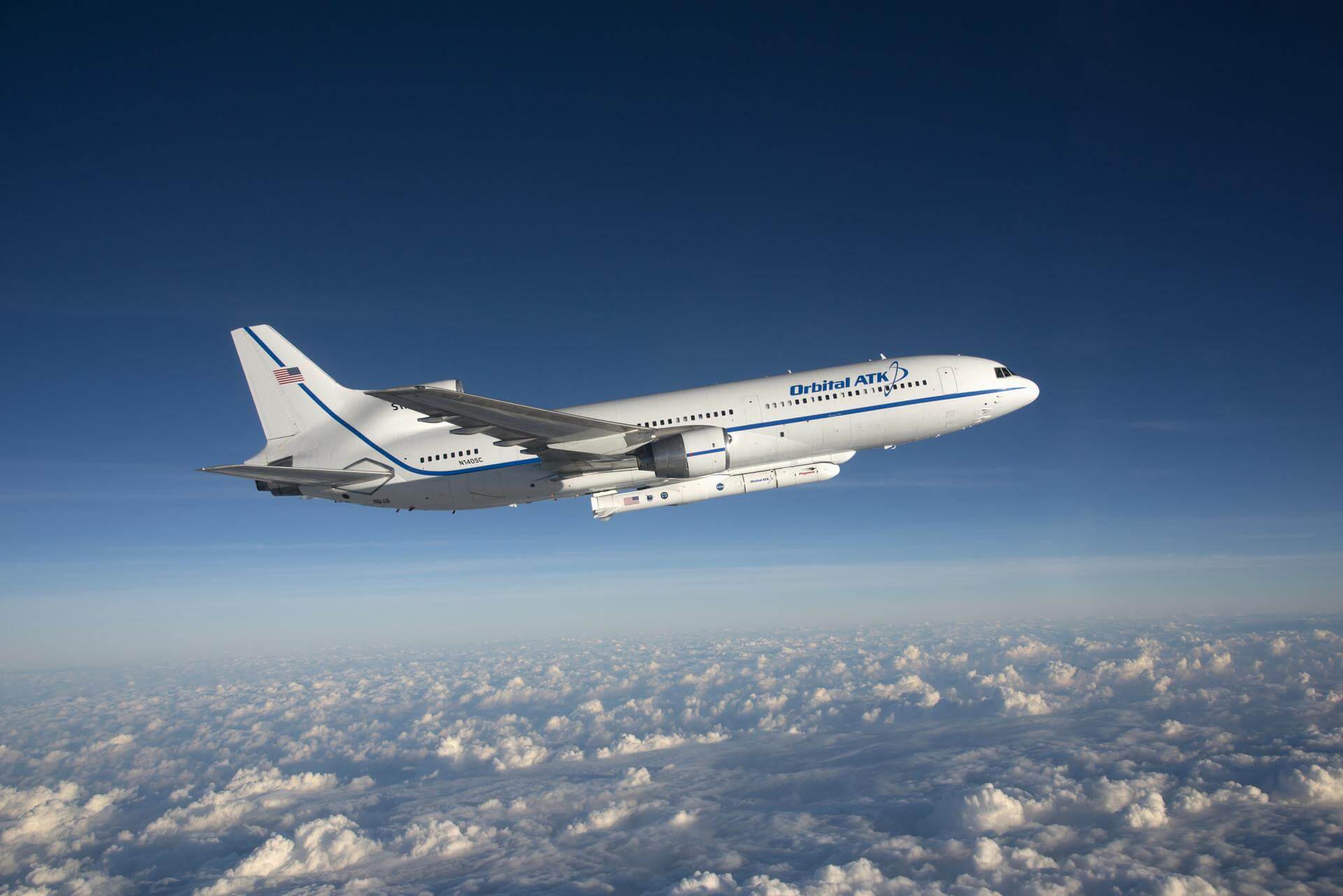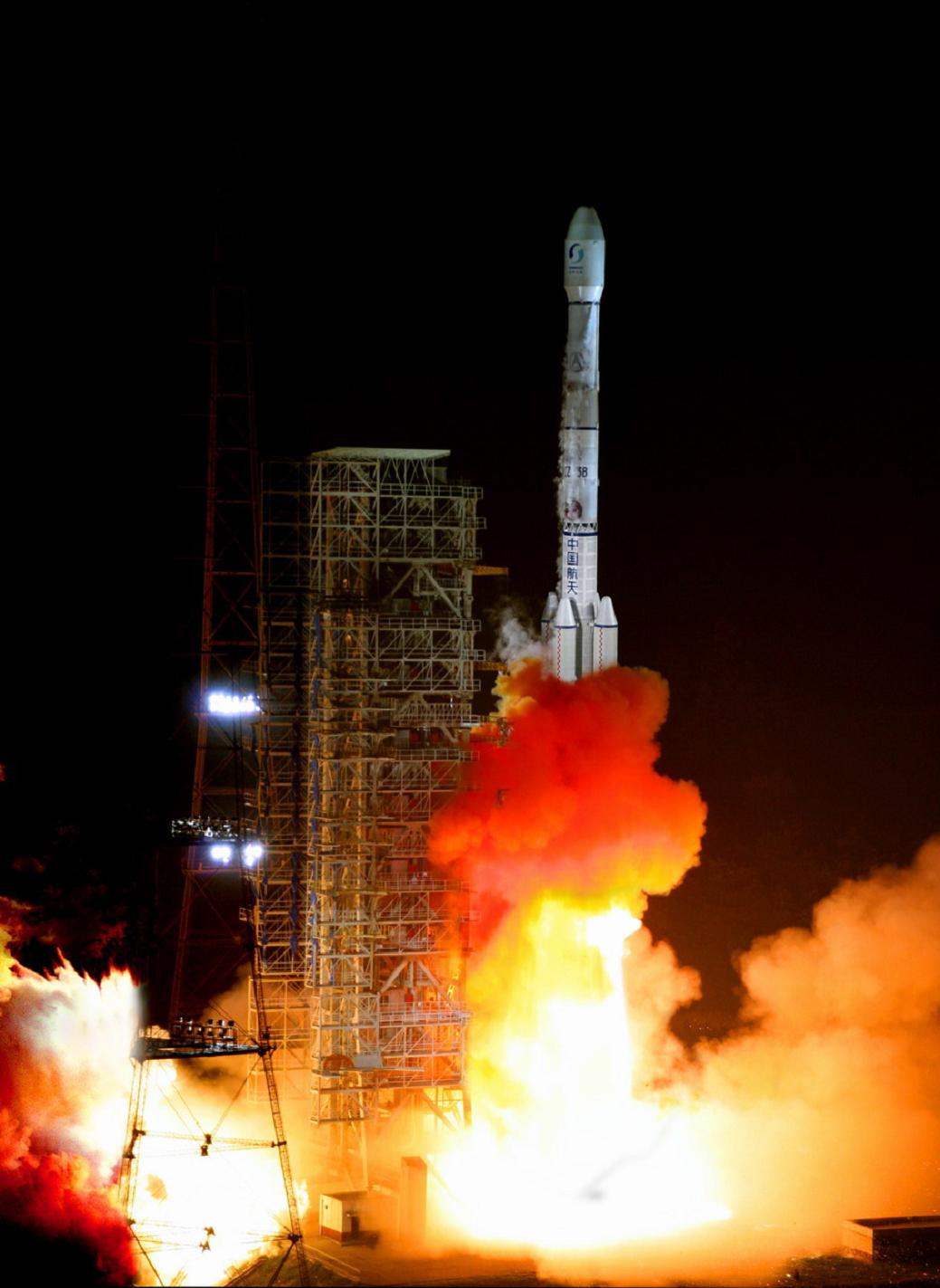Previous Spaceflight Launches
Filter by Agency, Locations or Vehicles
Show All LaunchesProton-K/DM-2M | Kupon
Khrunichev State Research and Production Space Center | RussiaBaikonur Cosmodrome, Republic of Kazakhstan
Nov. 12, 1997, 5 p.m.
Status: Launch Successful
Mission:
Kupon (K95K) was a communication satellite originally developed by Lavochkin for the third generation GKKRS (Global Space Command and Communications System). The project was cancelled with the breakup of the Soviet Union, and instead Kupon became the first communications satellite for the Russian banking system. The satellite was owned by the Russian Federation Central Bank (and possibly Global Information Systems of Moscow) and relayed financial data for the Bankir network.
Geostationary OrbitDelta II | Iridium 38 to 43
United Launch Alliance | United States of AmericaVandenberg SFB, CA, USA
Nov. 9, 1997, 1:34 a.m.
Status: Launch Successful
Mission:
Iridium provides global mobile telecommunications services using a constellation of 66 low earth orbit satellites in a 86.4° inclined orbit. Although 77 satellites were originally envisioned for the system and spawned the name based on the 77th element in the periodic table, the system has been scaled back. Motorola's Satellite Communications Group designed and manufactured the Iridium satellites with Lockheed Martin providing the LM-700A spacecraft buses.
Low Earth OrbitTitan 401A Centaur | NROL-4
Lockheed Martin | United States of AmericaCape Canaveral SFS, FL, USA
Nov. 8, 1997, 2:05 a.m.
Status: Launch Successful
Mission:
Trumpet signal intelligence satellites were launched by Titan-4(01)A Centaur-T into highly elliptic Molniya-type orbits. In their elliptical orbits they would move very slowly over the northern hemisphere for most of their orbital period, allowing interception of microwave line-of-sight communications beams. Since they would move slowly through the beams during their orbit, a constellation of such satellites was required to monitor Soviet communications throughout the day.
Geostationary OrbitDelta II | GPS IIA-19
United Launch Alliance | United States of AmericaCape Canaveral SFS, FL, USA
Nov. 6, 1997, 12:30 a.m.
VLS-1 | SCD-2A
Department of Aerospace Science and Technology | BrazilAlcântara Space Center, Federative Republic of Brazil
Nov. 2, 1997, 12:25 p.m.
Status: Launch Failure
Mission:
The satellites of the SCD (Satelites de Coleta de Dados) series are equipped to collect and transmit meteorological and environmental data collected by automatic platforms (PCD) installed on land or on oceanic buoys. The data is relayed to one or more ground stations.
Low Earth OrbitAriane 5 G | MaqSat-H, TEAMSAT, MaqSat-B, YES
ArianeGroup | FranceGuiana Space Centre, French Guiana
Oct. 30, 1997, 1:43 p.m.
Atlas IIA | DSCS-3 B13
Lockheed Martin | United States of AmericaCape Canaveral SFS, FL, USA
Oct. 25, 1997, 12:46 a.m.
Status: Launch Successful
Mission:
DSCS-3 (Defense Satellite Communications System 3) are geostationary communications satellites, which provide a robust anti-jam, nuclear hardened capability that supports Department of Defense (DoD) worldwide requirements, White House and Diplomatic communications. They are the follow-on generation of the DSCS-2 satellites.
Geostationary OrbitTitan 403A | Onyx 3
Lockheed Martin | United States of AmericaVandenberg SFB, CA, USA
Oct. 24, 1997, 2:32 a.m.
Pegasus XL | Space Test Experiments Platform-4 (STEP-4)
Orbital Sciences Corporation | United States of AmericaAir launch to orbit
Oct. 22, 1997, 1:13 p.m.
Long March 3B | Apstar 2R
China Aerospace Science and Technology Corporation | ChinaXichang Satellite Launch Center, People's Republic of China
Oct. 16, 1997, 7:13 p.m.
Status: Launch Successful
Mission:
Space Systems/Loral's (SS/L) Apstar-2R is one of the most powerful spacecraft in Asia-Pacific service. Launched in China in 1997 by APT Satellite Company, Ltd., the satellite offers regional voice, video, and data services to an area large enough to link Europe, Russia, the Middle East, Africa, and the Asia-Pacific region into a broad telecommunications network.
Geostationary Orbit